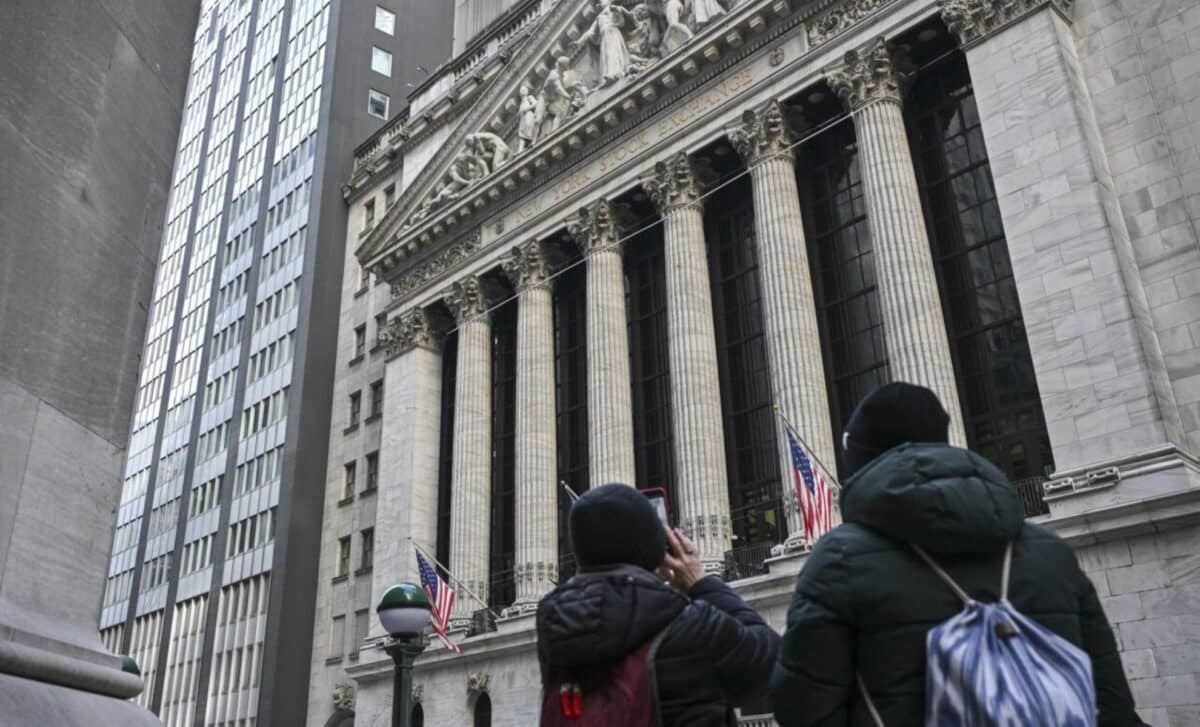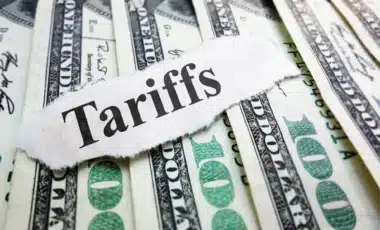The US stock market is experiencing significant volatility as trade tensions escalate and uncertainty looms over Washington’s economic policies. While a lower-than-expected inflation rate brought temporary relief, broader concerns about tariffs, deregulation, and workforce reductions continue to weigh on investor confidence.
Market turbulence driven by trade disputes
Financial markets have been rattled by escalating trade tensions, with the S&P 500 experiencing notable fluctuations. At one point, the index had dropped 10% from its February high, signaling a potential market correction before a modest recovery.
The turbulence comes in response to new tariffs imposed by the Trump administration on multiple trading partners, including China, Canada, and the European Union.
The White House has enforced a 25% tariff on steel and aluminum imports, along with additional duties on Chinese goods and select imports from Mexico and Canada. While these measures aim to boost domestic manufacturing, they have also sparked retaliatory actions from affected nations.
The European Union and Canada have announced counter-tariffs on American products such as Harley-Davidson motorcycles, bourbon, and agricultural goods, adding further strain to international trade relations.
Uncertainty surrounding these trade policies has left businesses in a precarious position. With tariffs fluctuating and exemptions being introduced or revoked unpredictably, corporations face difficulties in planning long-term investments.
This lack of clarity has contributed to market volatility, as investors struggle to anticipate the next moves in an increasingly unstable trade environment.
Economic policies raise concerns over long-term stability
Beyond trade disputes, broader economic policies under the Trump administration are fueling uncertainty.
While the government has pursued deregulation in certain industries—potentially reducing costs for businesses—the long-term impact remains unclear. Tax policy also remains a key factor, with discussions on whether the current tax cuts will be extended or expanded.
Experts warn that tariff-driven price increases may disproportionately affect lower-income Americans, who spend a greater share of their income on goods subject to price hikes.
According to Mary Lovely, a senior fellow at the Peterson Institute for International Economics, “So, you have a kind of reverse Robin Hood going on there,” referring to how tax policies benefiting wealthier Americans contrast with rising costs for lower-income households.
Additionally, workforce reductions within federal agencies, part of an initiative led by the Department of Government Efficiency, have created further instability.
Reports indicate that some government employees were dismissed only to be rehired shortly after, leading to confusion about the future of public-sector operations.
The impact of these economic policies is already becoming evident, according to VOA. Elizabeth Renter, a senior economist at NerdWallet, told VOA via email:
“We’ve begun seeing the impact of potential economic policies make their way into the data. Inflation expectations have risen, consumer sentiment has fallen and households are feeling more pessimistic about their future financial conditions.”
She noted that economic uncertainty can lead both businesses and individuals to delay spending and investment, further contributing to market instability.
Market analysts caution that prolonged uncertainty in both trade and domestic policy could have lasting effects. If businesses and consumers remain hesitant to spend or invest due to unpredictability, economic growth may slow, further amplifying market instability.









